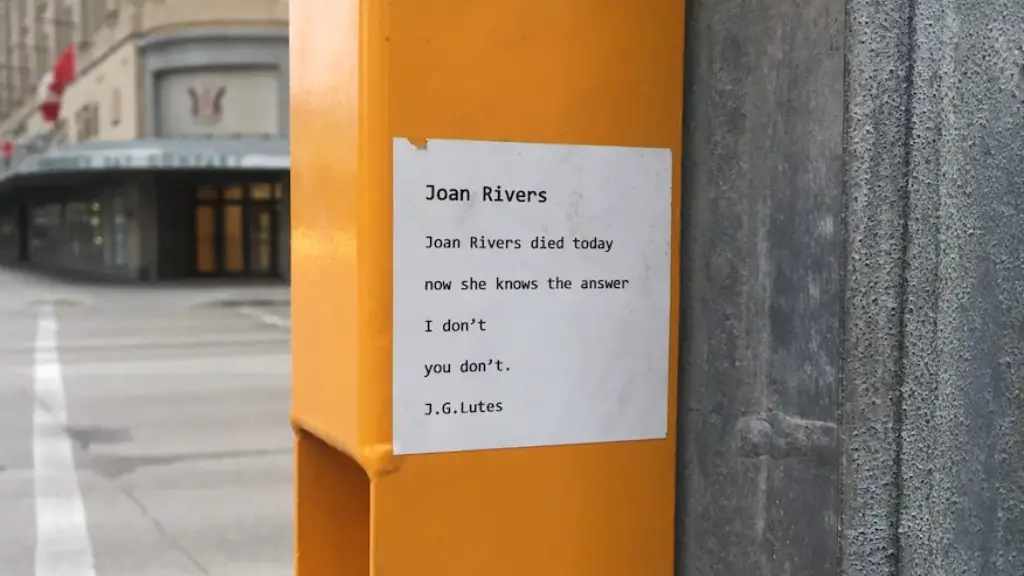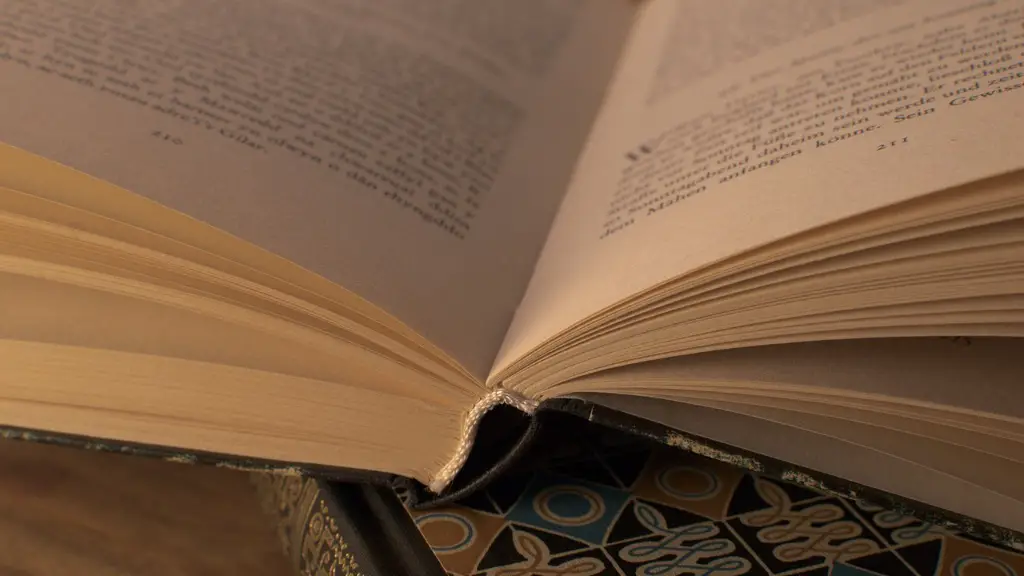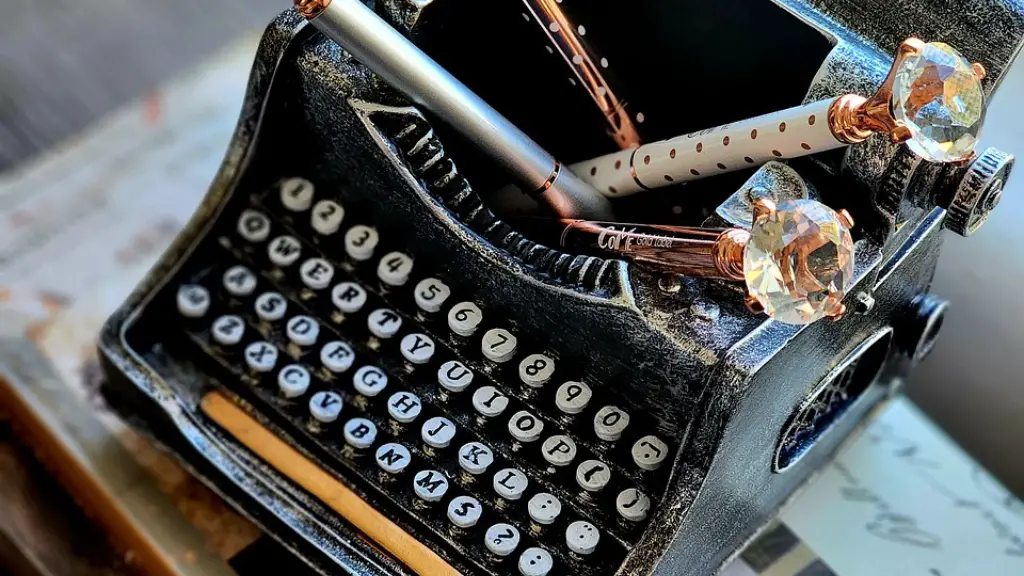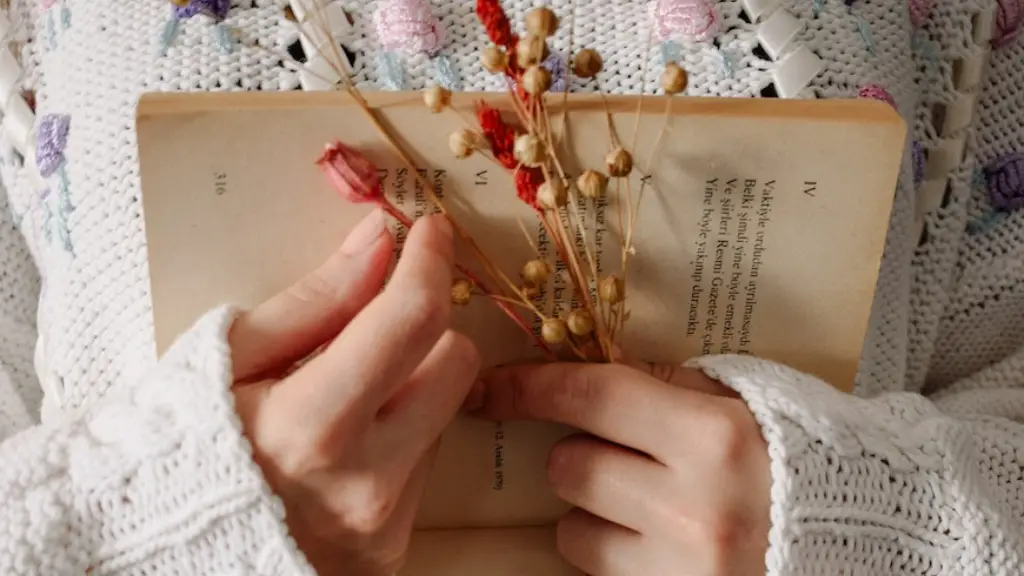Beat poetry is an underground form of literature that emerged in the 1940s and 50s. Derived from the Beat movement and originating in the United States, it is marked by loose verse forms, free-flowing rhymes, and sometimes a seemingly improvised nature. Beat poets such as Allen Ginsberg, Jack Kerouac, and Lawrence Ferlinghetti rebelled against conformity and embraced non-conventional lifestyles, as well as revolution and other progressive movements.
Beat poetry shares some characteristics with other forms of poetry, such as thematic content, layers of metaphor, and the use of rhyme and alliteration. Likewise, beats commonly draw upon the historical tradition of the bard, intoning and chanting their poems, often accompanied by music. However, this type of poetry also stands out in its proximity to jazz music, and in its role as an expression of freely held attitudes and stances.
The main feature of beat poetry is its conversational tone; it is typically frank, conversational, and often reckless in its expressiveness. Beats also incorporate colloquial elements such as slang, as they seek to convey authentic and raw conversations. This element allows beats to bridge the gap between readers, delivering their message with a directness that is often lacking in other forms of literature.
The beats also deal with themes of freedom and non-conformity. In many of the works, beats explore sexuality, drug use, and other forms of self-expression. Beats often criticized traditional values and institutions, seeking to shatter institutions and break down the political system.
Unlike most traditional poets, beats sought not to unlock some grand knowledge or profound statement, but to express their immediate reality. The beats embraced life’s everyday moments, from gritty cityscapes to their personal relationships, romantic entanglements, and addictions. While they often had a bleak outlook on life, they also looked to celebrate their flaws, tap into the jazz of everyday existence, and advocate for personal freedom.
For many of the Beat poets, music is intertwined with their poetry, as seen in their exploration of improvisational jazz, bebop, blues, and other related genres. Music serves to both challenge and share the content of their poems, elevating the emotions and connecting their words to the reader’s feelings. Beats use their poems like soundscapes, voicing many of the same issues found in jazz music, while also honoring the energy, emotion, and complexities of life.
Popular Beat Poets and their Works
The Beat movement forever changed the landscape of literature and is credited with introducing a new style of poetry to western culture. Allen Ginsberg was one of the most influential figures in the beat movement, although there were other poets, such as Lawrence Ferlinghetti, Gregory Corso, Diane di Prima, Bob Kaufman, Amiri Baraka, and Jack Kerouac among many others.
One of Ginsberg most famous poem is “Howl.” The poem was written in 1955 and discussed the depressing state of the world at the time, with a focus on the unequal social structures and apathetic attitude of society. The poem was controversial for its language and closeness to reality, which caused the poem to be brought to trial for obscenity. In 1957 the book was deemed not obscene and allowed to be published.
Jack Kerouac’s “On the Road” and “Mexico City Blues” are some of his other famous works. “On the Road” is a semi-autobiographical novel chronicling the adventures of a group of friends searching for meaning, whereas “Mexico City Blues” is a set of 224 blues-like poems detailing a spiritual journey. Lastly, Lawrence Ferlinghetti’s “A Coney Island of the Mind” is a collection of poems using surrealism and a blending of urban and natural imagery to present a commentary on modern culture.
Influence of Beat Poetry
Beat poetry is credited with introducing a new style of poetry to western culture, a style that focused on emotion and personal expression. The Beat movement and its literature have had a profound effect on succeeding generations; it challenged the status quo, introduced new forms of expression, and opened up a discussion on topics that were often deemed taboo.
The beats influenced writers, musicians, and artists, as well as the counterculture movements of the 1960s and later. The writings of Allen Ginsberg and Jack Kerouac inspired later beat poets such as Bob Dylan and Patti Smith, while the works of Lawrence Ferlinghetti inspired artists such as Jean-Michel Basquiat.
Beat poets have pushed the boundaries of literature, challenging the conventions of traditional poetry and opening up difficult conversations. The beats rejected materialism and embraced the beauty of life’s imperfections, inviting readers to find joy and meaning in life’s mundane moments.
Presence of Beat Poetry Today
The Beat movement continues to have an impact in the literary world today, with books from authors such as Junot Díaz, Anis Mojgani, Hanif Abdurraqib, and Noelle Kocot. While the language and themes have evolved, the influence of beats can still be seen in their works.
In the music world, the influence of the beats can still be seen in artists such as Patti Smith, Tom Waits, Bob Dylan, and Neko Case. These musicians use elements of jazz, blues, folk, and punk to merge the old with the new, creating a sound that is both modern yet timeless – and undeniably beat-influenced.
The presence of beat poetry today can also be seen in visual art, where surrealism, abstract elements, and street scenes draw upon the themes of exploration, personal liberation, and social justice often found in beats. Artists such as Jean-Michel Basquiat and Shepard Fairey draw from the same pool of inspiration brought in by the Beat movement.
The Legacy of Beat Poetry
The legacy of Beat poetry continues to thrive and endure. Though time has past and its founding members have passed away, its place in the pantheon of Western literature is firmly secured. Beat poetry will continue to be a unique and celebrated part of the arts, offering insight into the human condition and capturing a moment in time.
The legacy of the Beat movement stands out for their unyielding spirit of freedom, their pursuit of truth, and their quest to create a path that blurs the boundaries of literature and emancipates the human spirit.
Examples of Beat Poetry
To understand beat poetry, it is often helpful to look at some examples. Allen Ginsberg’s “Howl,” Jack Kerouac’s “Mexico City Blues,” and Lawrence Ferlinghetti’s “A Coney Island of the Mind” are some of the most acclaimed works by Beat poets.
Poems such as Amiri Baraka’s “Black Art” and Bob Kaufman’s “Abomunist Manifesto” are also widely read and discussed, while Diane di Prima’s “Revolutionary Letters” and LeRoi Jones’s “Black People” explore the goals of racial justice and freedom.
The beats’ works are often at their best when performing or reciting in public. With their rhythms, rhymes, and chants, beat poets have gained a new audience. Spoken word artists such as Saul Williams, Mumia Abu-Jamal, Hanif Abdurraqib, and many others have taken up the spirit of the Beat movement and continue to spread the beats’ messages of peace, justice, and freedom.
Critical Approaches to the Beat Movement
The Beat movement has been the subject of many critical studies, with focuses on their works and its influence. While some scholars take a more traditional approach, others explore gender and race as major themes in the Beat movement.
Many critics and literary scholars praise the literary merits of Beat poetry, but some still remain skeptical. Critics observe that many of the Beat poets advocated for change but had trouble enacting it in their own lives, and wonder if the movement had any real lasting impact.
Others criticize Beat poetry for its lack of rigor and structure, its close relationship to jazz music, and its reliance on personal expression. However, while there is still debate over the poetry, there is no denying the influence of the Beat movement.
Conclusion
From its inception in the 1940s, the Beat movement has had a lasting impact on Western culture. Its focus on freedom, personal expression, and rejection of traditional roles and values has inspired generations of writers, artists, and musicians. Beat poetry continues to speak to people through its raw emotion, and its spirit of non-conformity speaks to everyone, everywhere.





